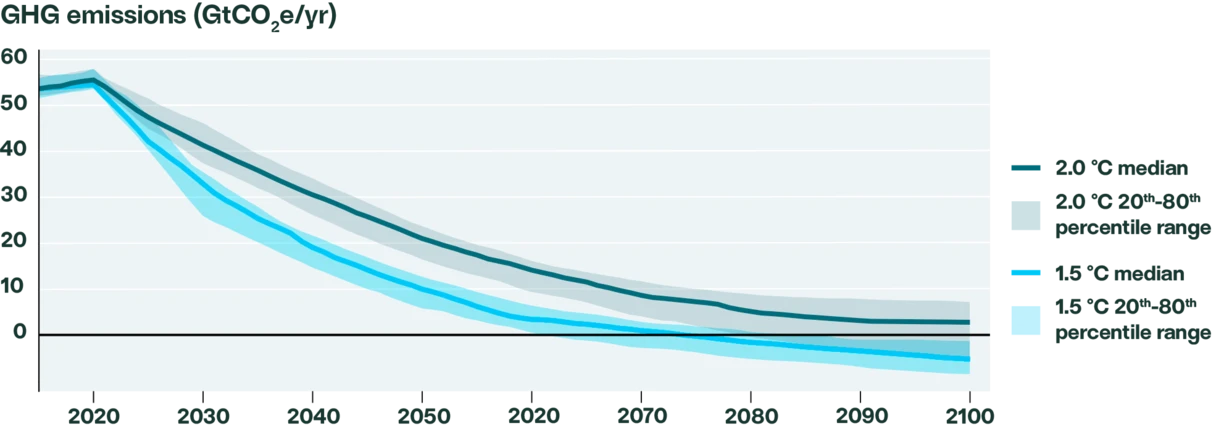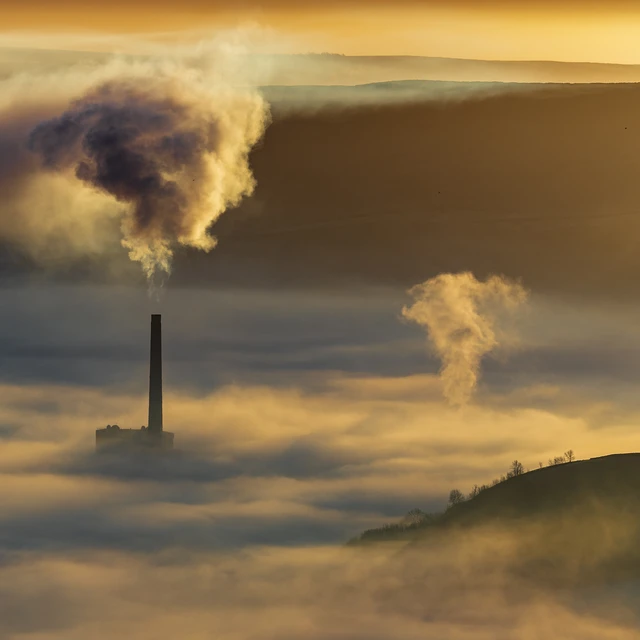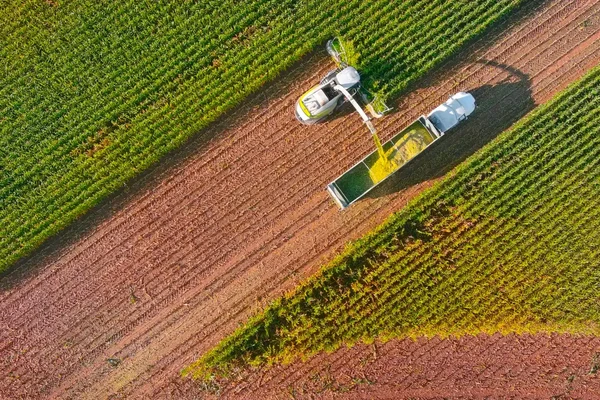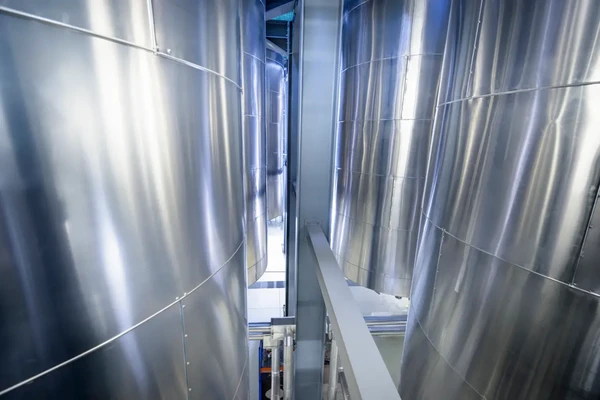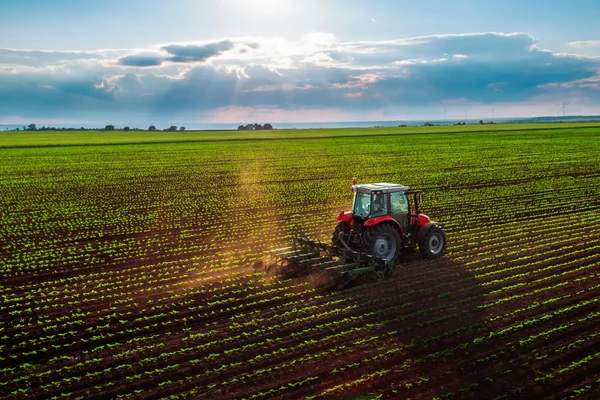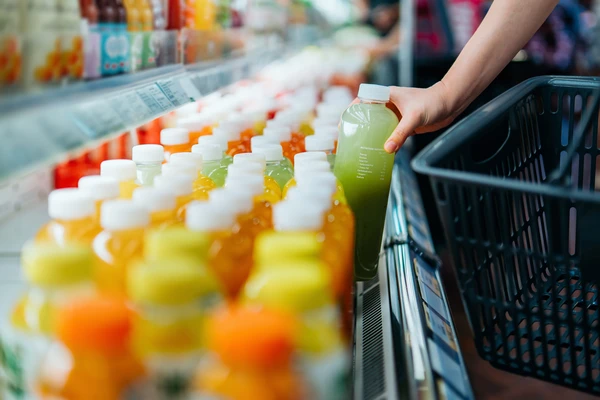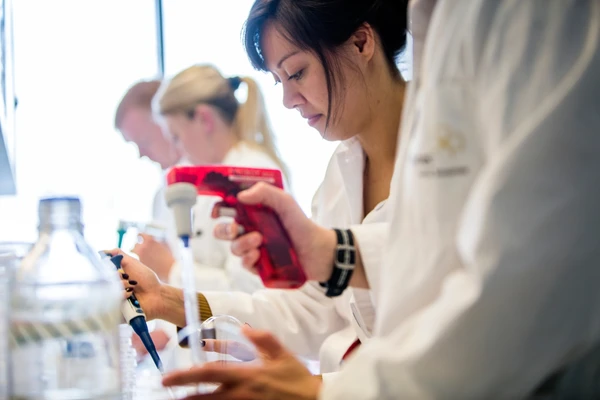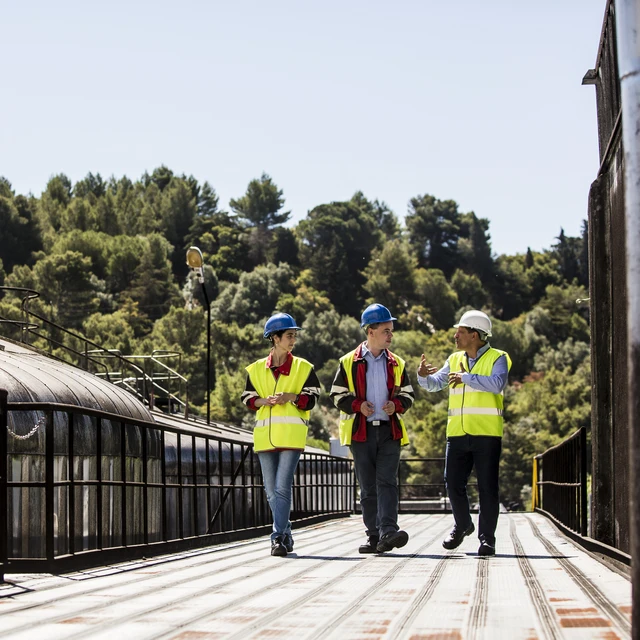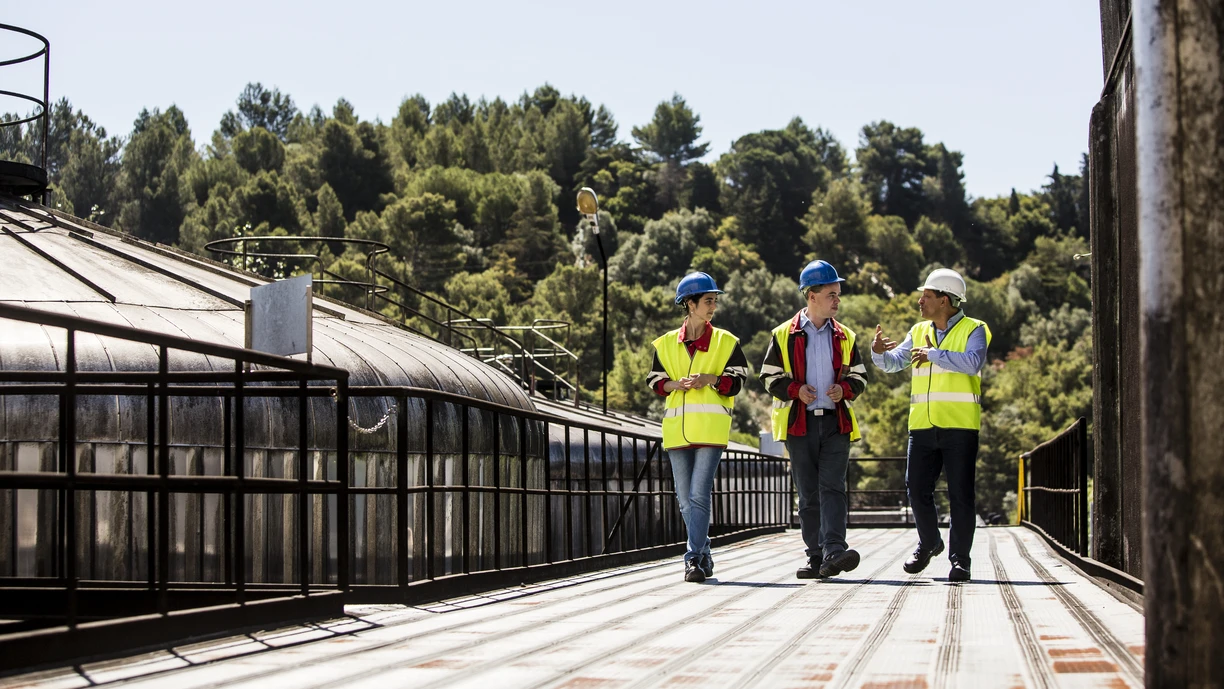Did you know that we need to reduce our global greenhouse gas emissions from the current 55 billion tonnes of CO2 a year to 8.5 billion tonnes of CO2 a year by 2050 if we are to reach the Paris agreement’s target of a maximum increase of 1.5 degrees? And that we need to achieve half of this reduction already by 2030. That’s just seven years away.
The good news is that these savings are achievable if we accelerate vital changes in how we produce and consume. Biosolutions holds one of the most promising keys: it’s already changing the proteins we eat, replacing fossil- based ingredients in detergents we use, improving the transportation fuels we rely on and optimizing the way we capture carbon – the list goes on.
Every day we are accelerating these changes together with our industry partners – as are our other great colleagues within green technologies. But we could move even faster. The world urgently needs investments, incentives, and the right policy framework to scale sustainable solutions fast.
At Novonesis we are advocating for a rethink of our economy: it needs to be good business to do green business – Let’s work together as businesses, organizations, and governments to step up and make bold decisions for a better tomorrow.
